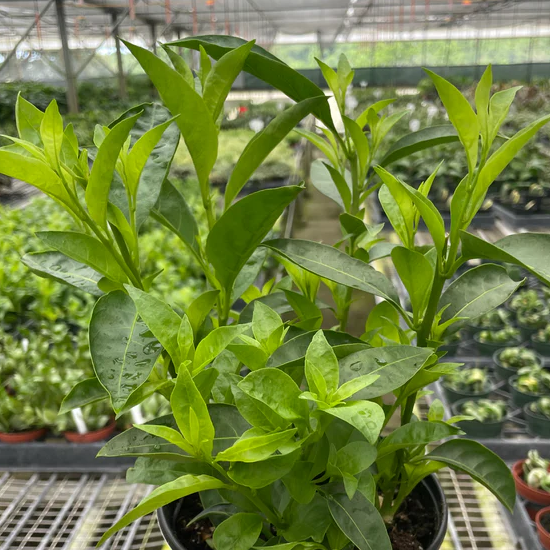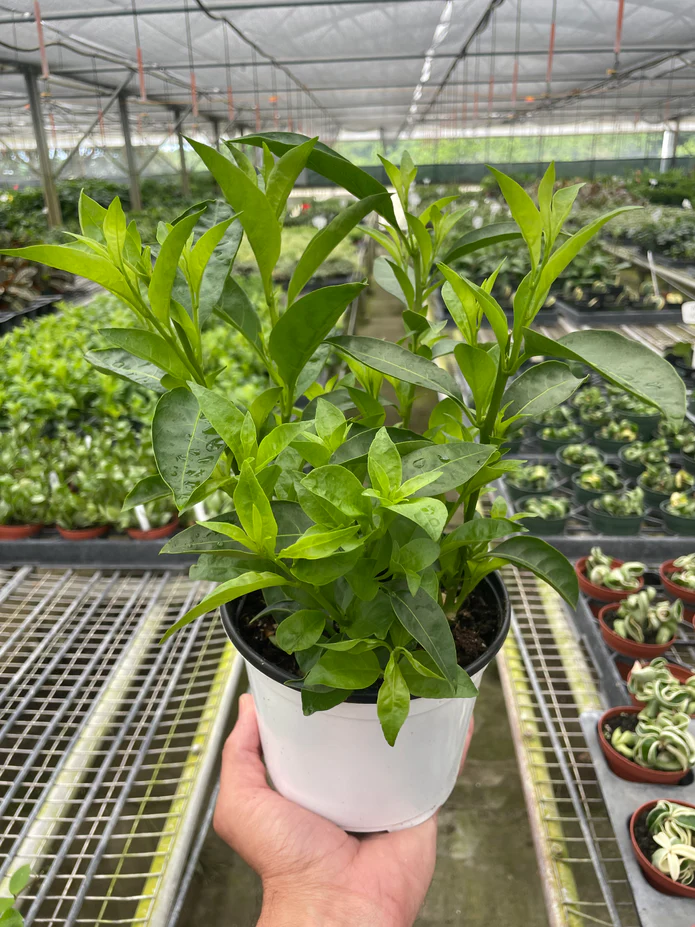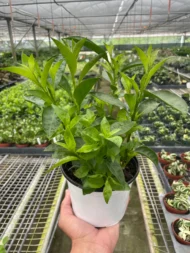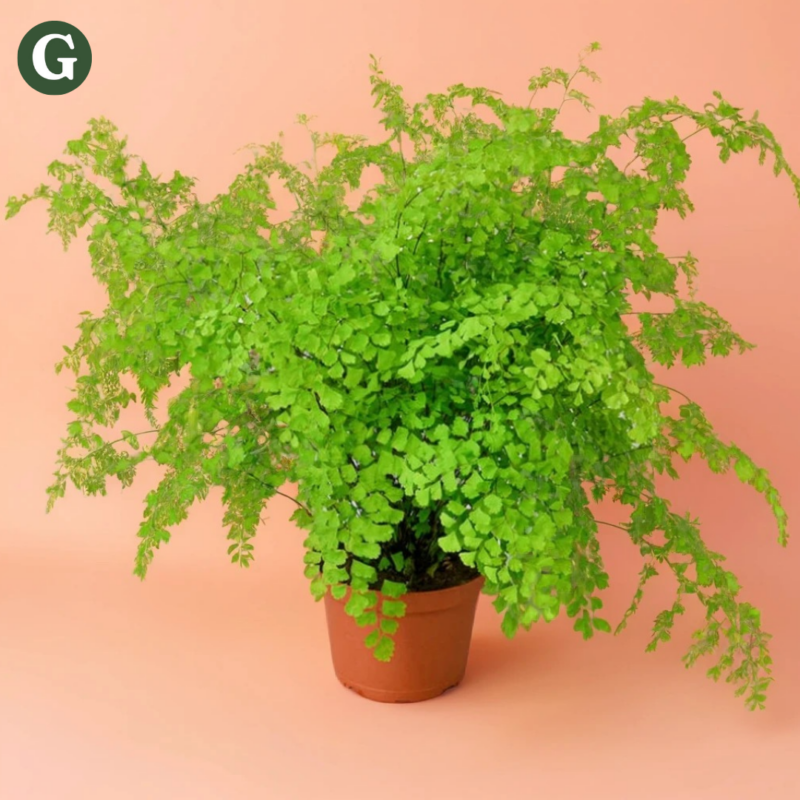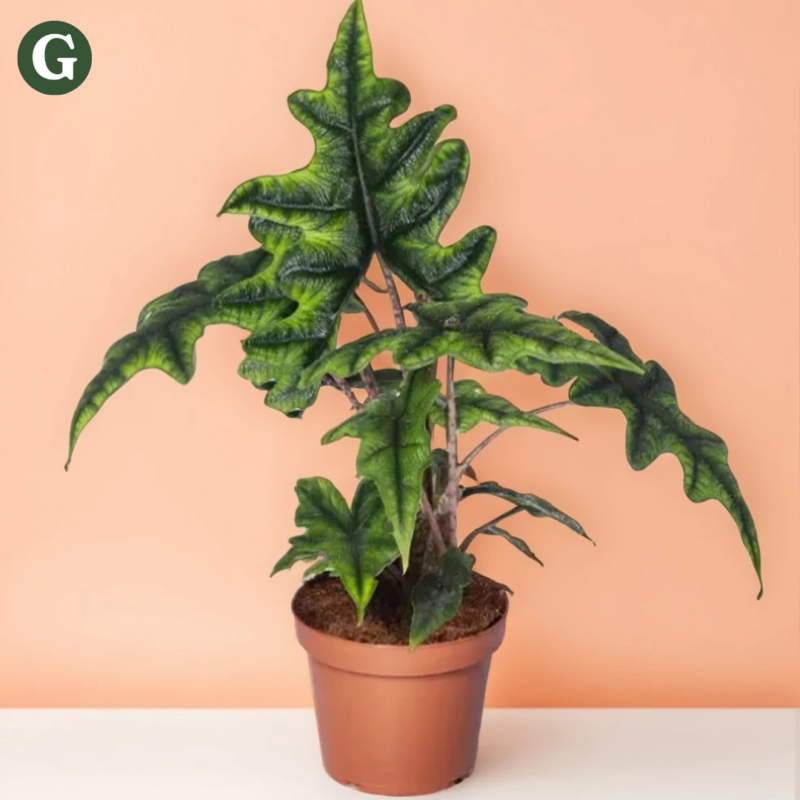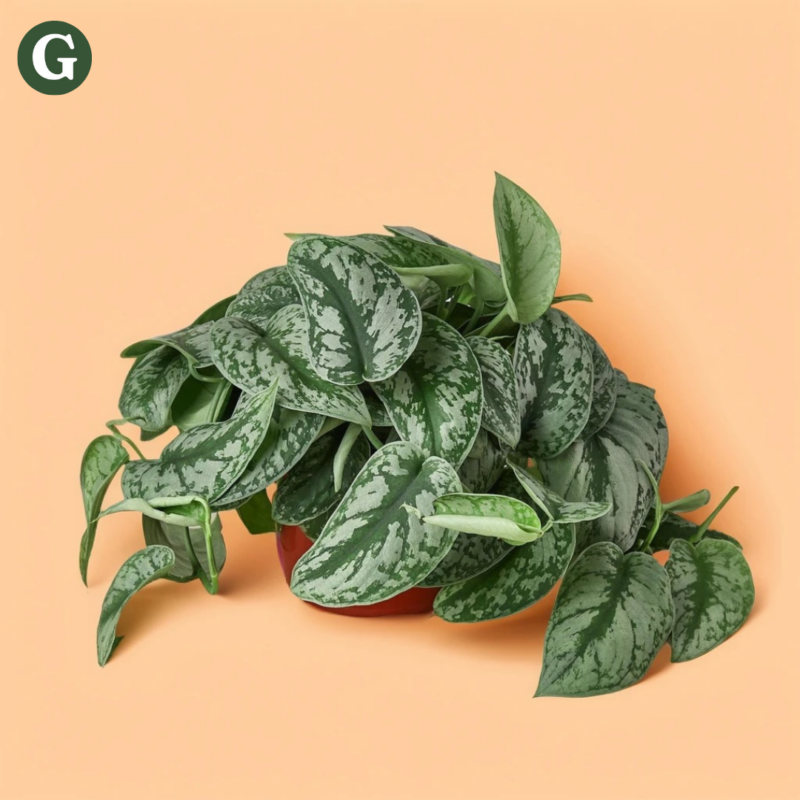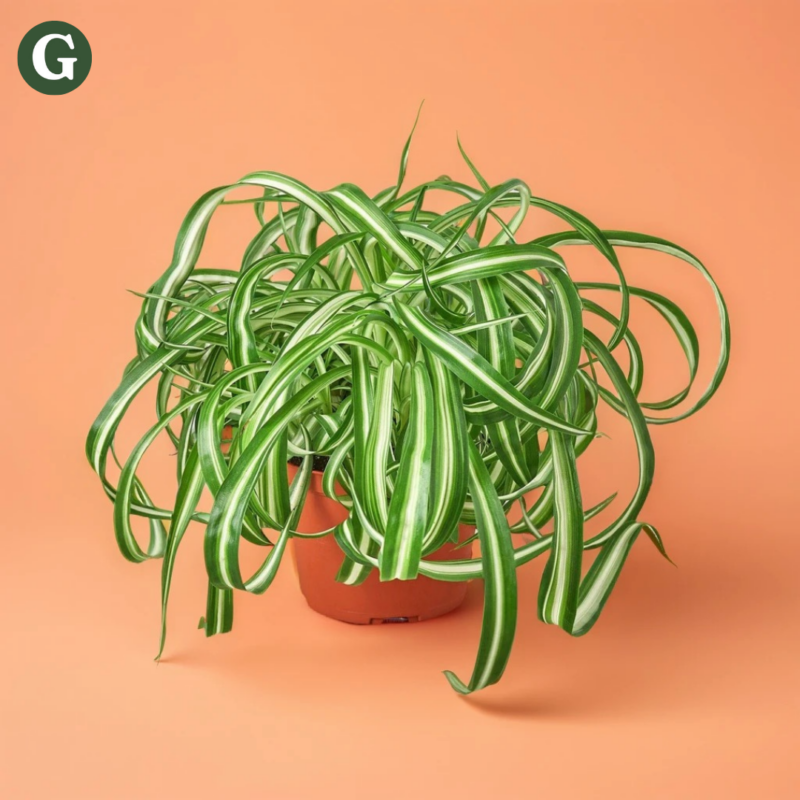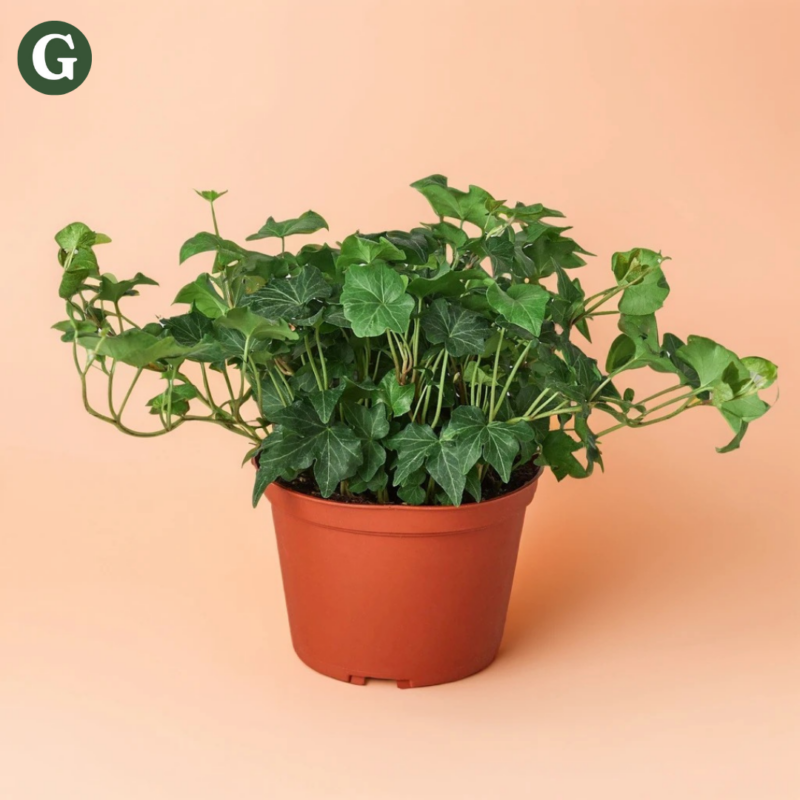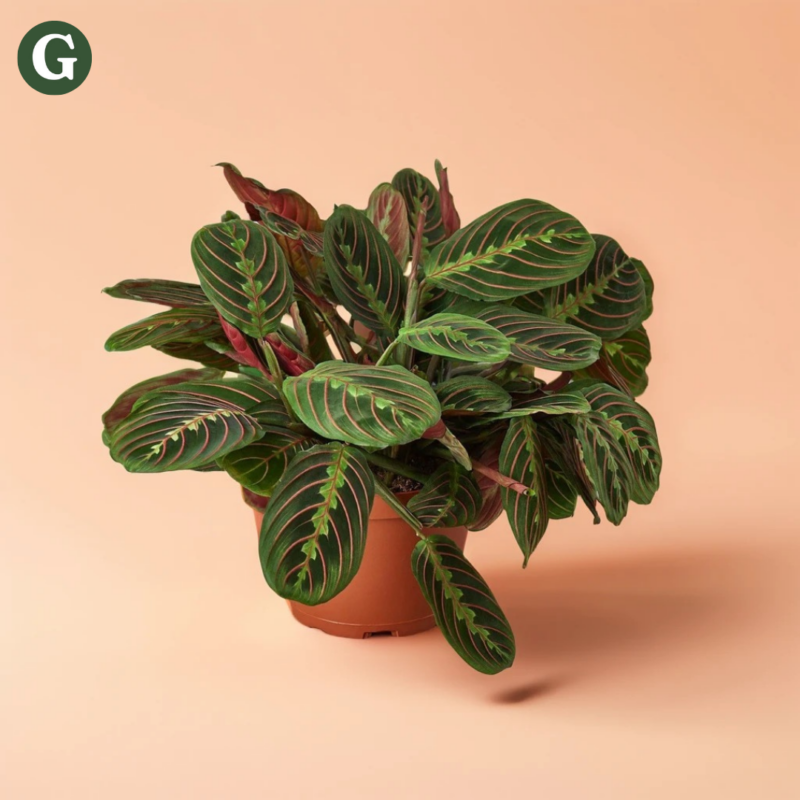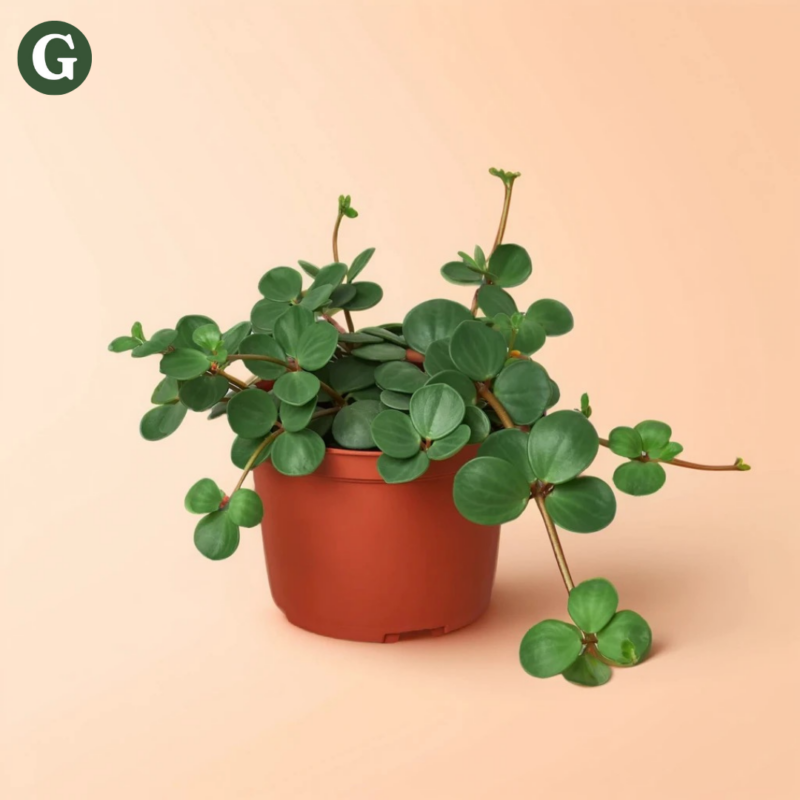Jasmine Night
Botanical Name: Cestrum nocturnum
Common Name(s): Night-Blooming Jasmine, Queen of the Night, Lady of the Night
Night-Blooming Jasmine is a fragrant, evergreen shrub native to the Caribbean and Central America. Known for its intoxicatingly sweet aroma, this plant releases its fragrance most strongly at night, especially in warm, humid conditions. Its delicate white-green tubular flowers bloom from spring through fall, and it can reach up to 10 feet outdoors but remains more compact when grown indoors.
This jasmine thrives in bright, indirect sunlight and can tolerate some direct sunlight. It prefers consistently moist, well-draining soil, though it’s essential not to let the soil become soggy. Night-Blooming Jasmine is appreciated for its unique night-time fragrance and works well in containers, patios, or as an indoor plant.
Note: Night-Blooming Jasmine is toxic if ingested by pets or humans, potentially causing nausea and other digestive issues. The strong fragrance can also be irritating to some people, especially those with allergies.
Care Insights & Expert Tips
- Fragrance: This plant emits a strong, sweet fragrance at night - freshening the room.
- Fertilizing: Use a balanced, diluted fertilizer every 4-6 weeks for maximum growth.
- Pest and disease: Watch for pests like aphids and mealybugs. Treat infestations promptly with insecticidal soap or neem oil.
- Pruning: Prune after flowering to control growth and encourage new blooms.

Visit our plant care library
Find essential tips to keep your plants thriving, vibrant, and healthy.
